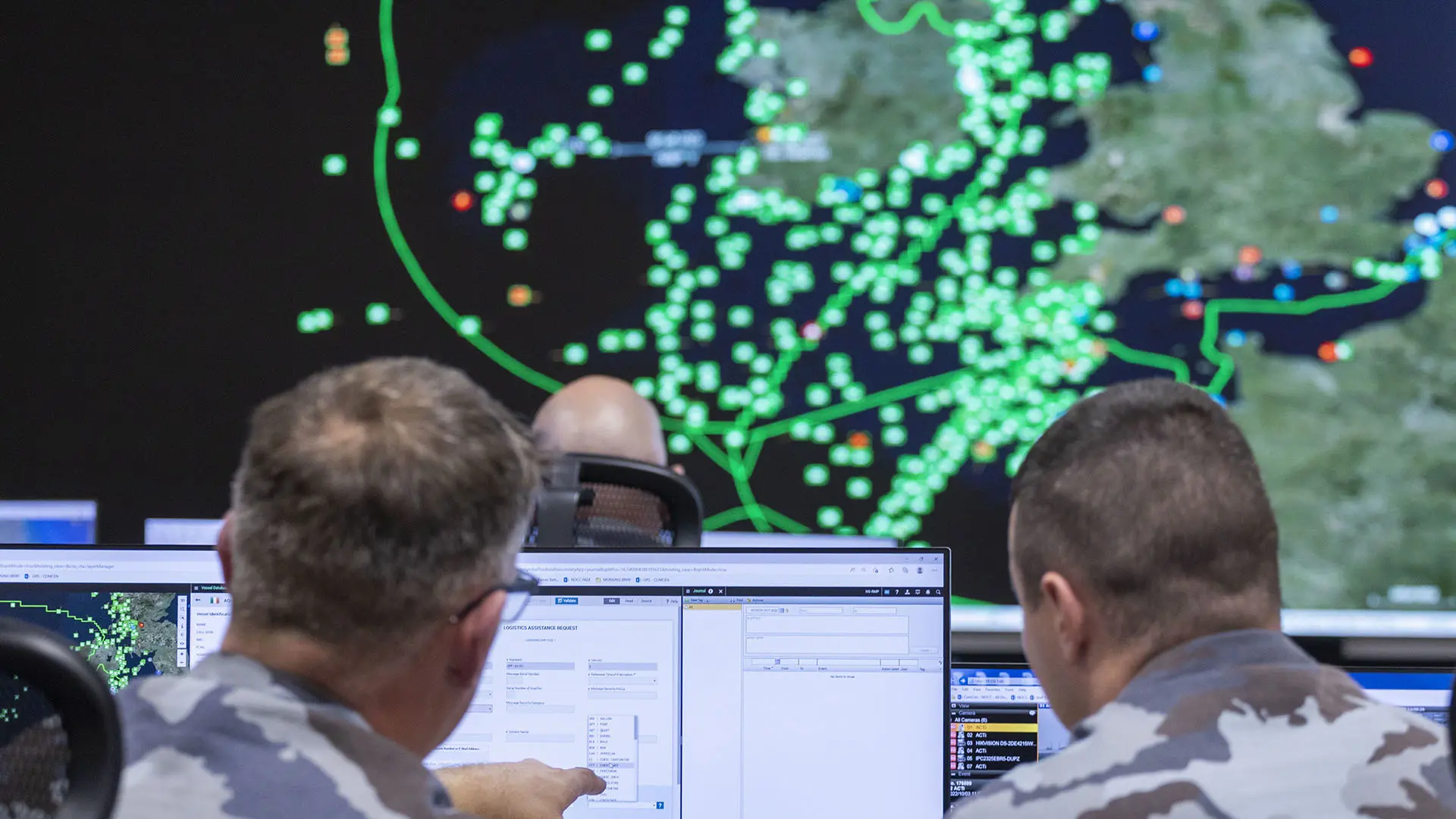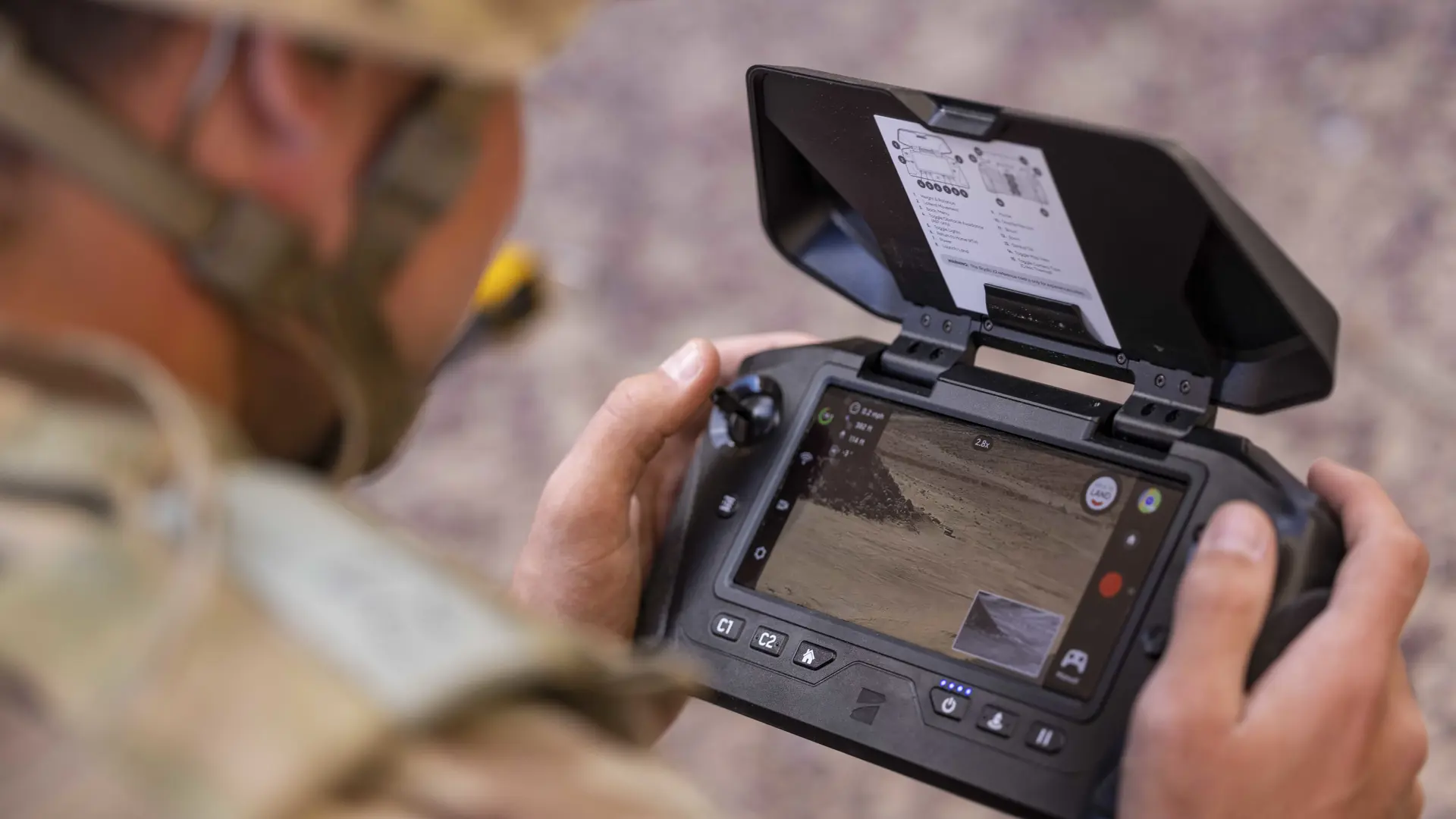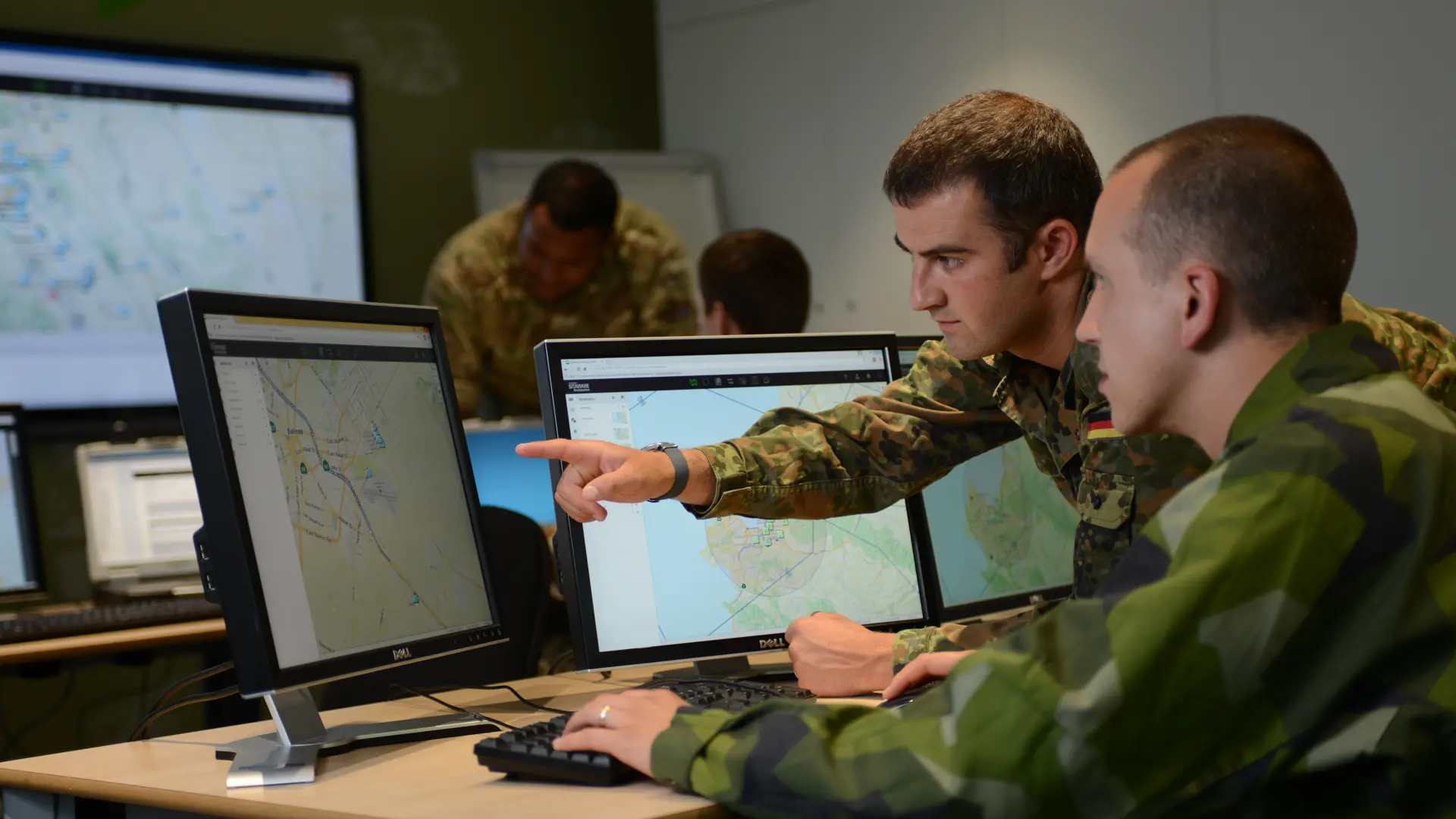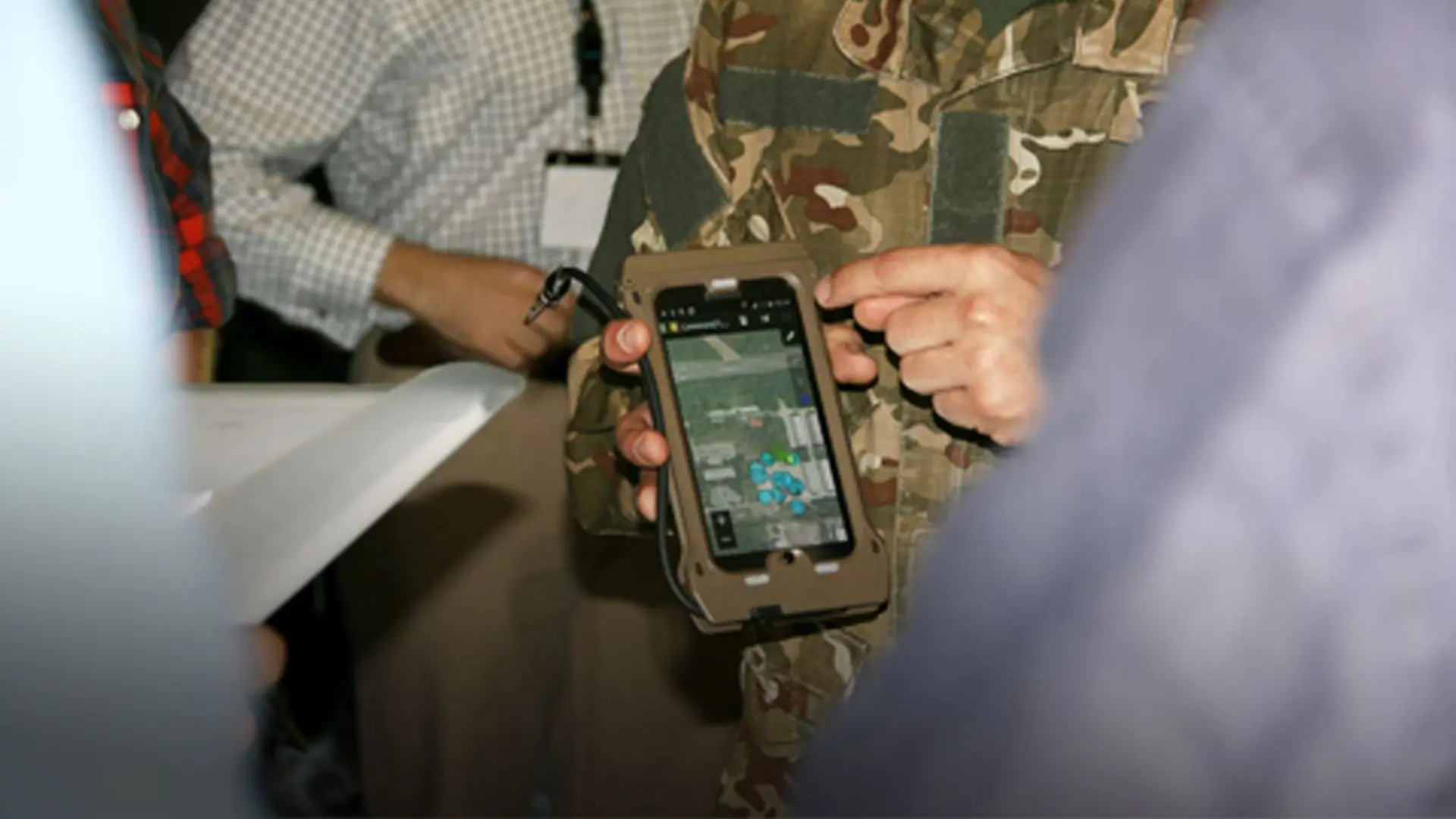Training the British Army’s 1st (UK) Division
The software licences have been acquired, new users identified, and an implementation plan put in place. So, how long does it take before an organisation can be competent with a new platform?
As software use becomes one of the critical aspects of modern warfighting, rolling it out to end-users quickly and effectively is important to ensuring that no soldier is left behind. Slow rollouts of mission critical equipment can create disconnects in usage, as is ensuring all the key users are operating at the same baseline. Driving usage enables experience growth, builds confidence, and ensures greater uptakes in new technology.
So how has this been achieved at scale in the real world? Enter the British Army’s 1 DIV.
The contract
In September 2023, the British Army signed a major deal with Systematic – the acquisition of 1,400 new user licences for use by a variety of formations, ranging from the NATO Allied Rapid Reaction Corps (ARRC), through to 16 Air Assault Brigade Combat Team. Enabling this wide group of users to get the most out of their new software, and quickly, was a priority for both Systematic and the British Army. Traditional classroom teaching methods could support the delivery of learning outcomes, but these can be time-consuming to deliver.
An upcoming exercise for 1 DIV meant that an alternative training approach was needed, with up to 200 staff needing training on their new command-and-control software within an intensive week-long period, scheduled just two weeks after contract award.
Delivering at scale then became a key issue – if traditional classroom methods were used, then a high student-to-teacher ratio may leave some users behind. Adopting a trickle-down approach through train-the-trainer would take time and may not have the robustness needed with such a broad roll-out led by the supplier.
The solution? SitaWare Aspire.
The requirements
- Up to 200 users
- In only 6 days
- 2 weeks after contract signature
The delivery
SitaWare Aspire is Systematic’s digital training solution, delivering in-app training to allow for a fully immersive training experience. Giving users guided lessons and a more hands-on experience means that they are able to fully explore the SitaWare suite, trying out features as they progress through a syllabus, and receive certification for the skills that they master.
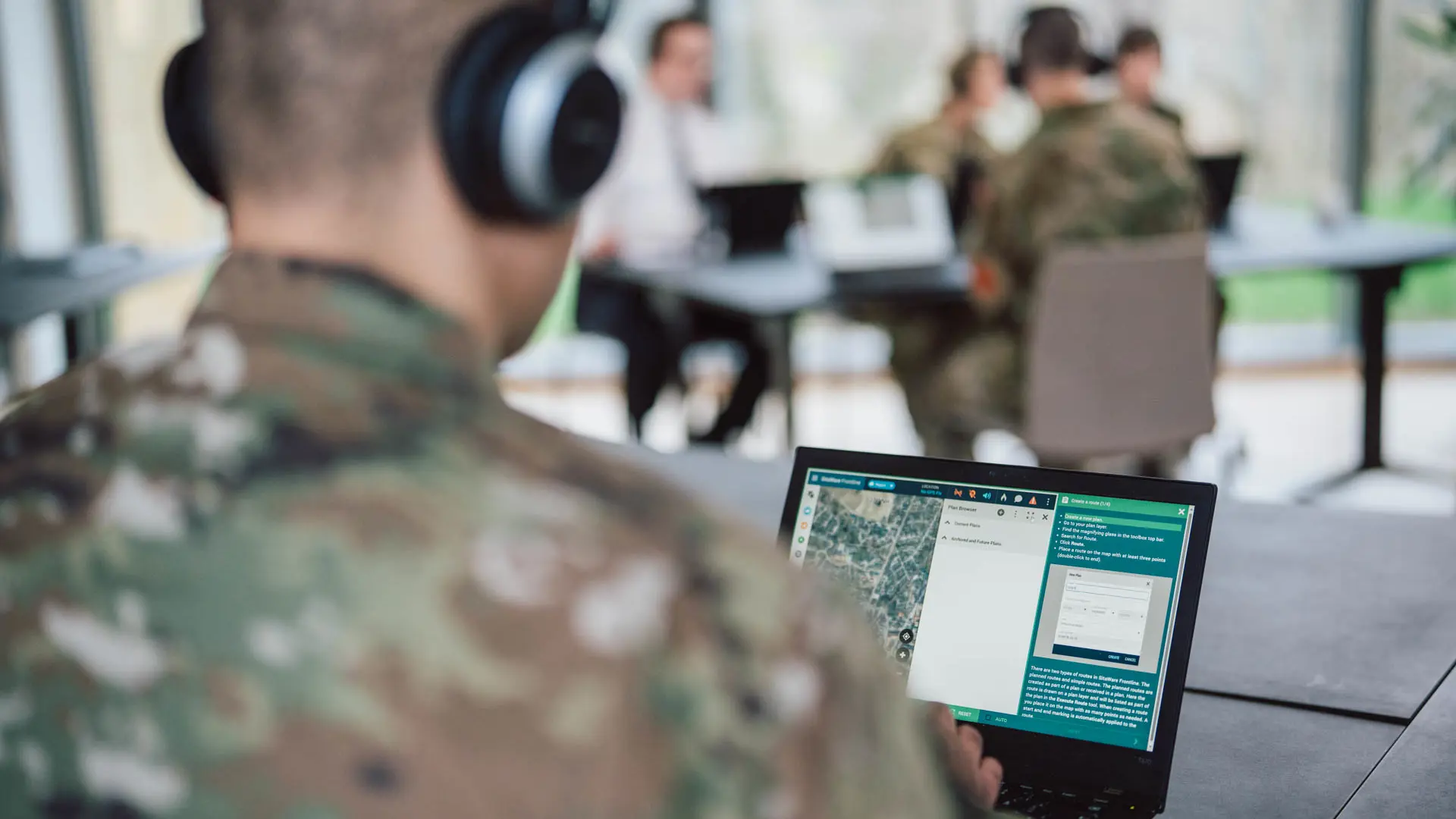
Additionally, users are able to undertake lessons in their own time – using either their own workstations, or via a web browser.
With this platform at their disposal, the British Army decided to deploy it to ensure their troops could go from zero-experience to a competence baseline that would allow them to use the system at the upcoming exercise. However, getting it into the hands of the soldiers themselves proved to be another challenge.
Stringent IT security requirements for the end users’ devices created challenges in establishing a secure but accessible environment for training delivery, but in just two weeks the Systematic team worked up a solution by deploying SitaWare Aspire into a secure cloud-hosted server.
To support the training event, Systematic deployed a small group of engineering and subject-matter experts (SMEs), who were able to remain largely hands-off during the week-long training event.
Over a six-day period, 140 soldiers were trained, with some staying in a central location with SMEs, while others went to their own spaces to work and undertake training at their own pace alongside their current tasks, or even after hours.
“What made this deployment a success was the way in which everyone leaned in. The customer was really engaged with us and worked very closely to help us understand their requirements and processes. People from Systematic’s offices in the UK and Denmark also really pulled together to meet the challenge,” according to Hill.
“This also helped to prove the cost effectiveness of SitaWare Aspire, particularly when compared to conventional training courses that are purely instructor-led and in a classroom. We were also able to deliver and scale to the requirement rapidly, while ensuring the customer was able to meet their own schedules and deadlines for the exercise. The flexibility of the software’s distribution to users also met with the customer’s security requirements, as well as our own deployment architectures, processes, and requirements,” Hill added.

